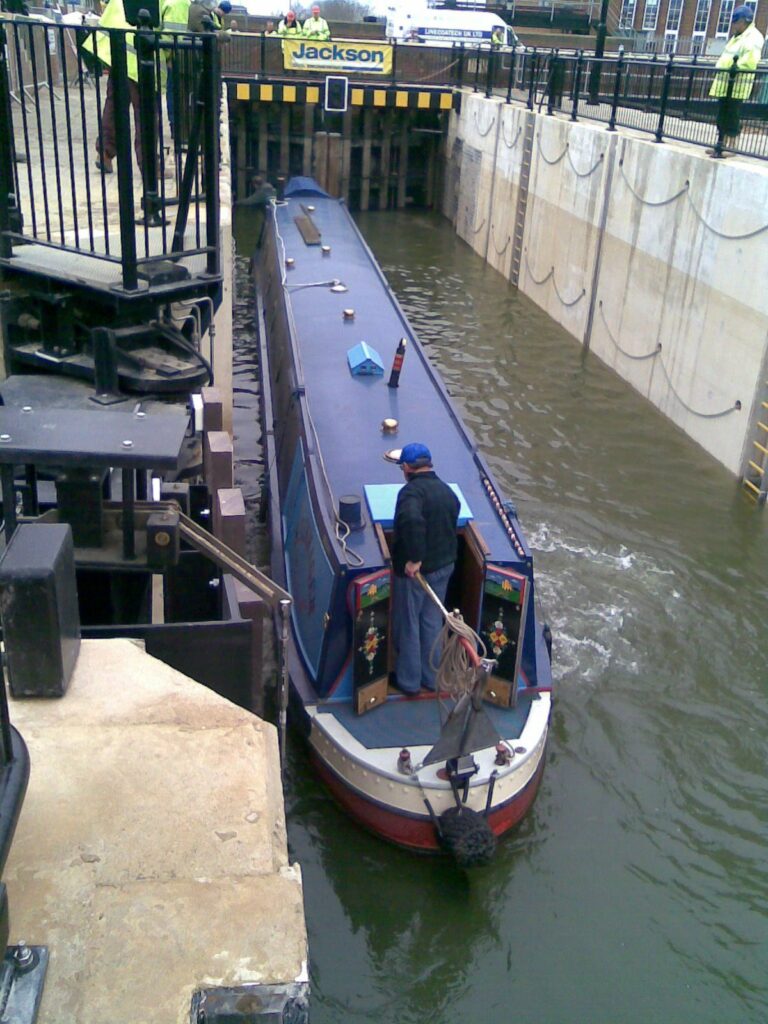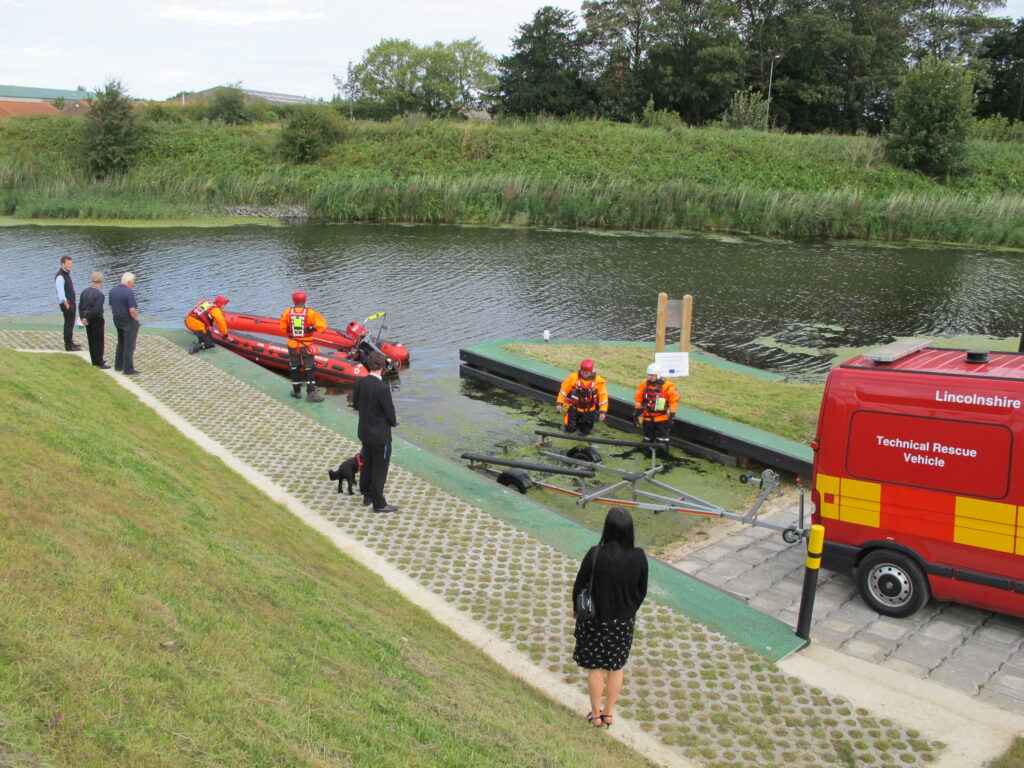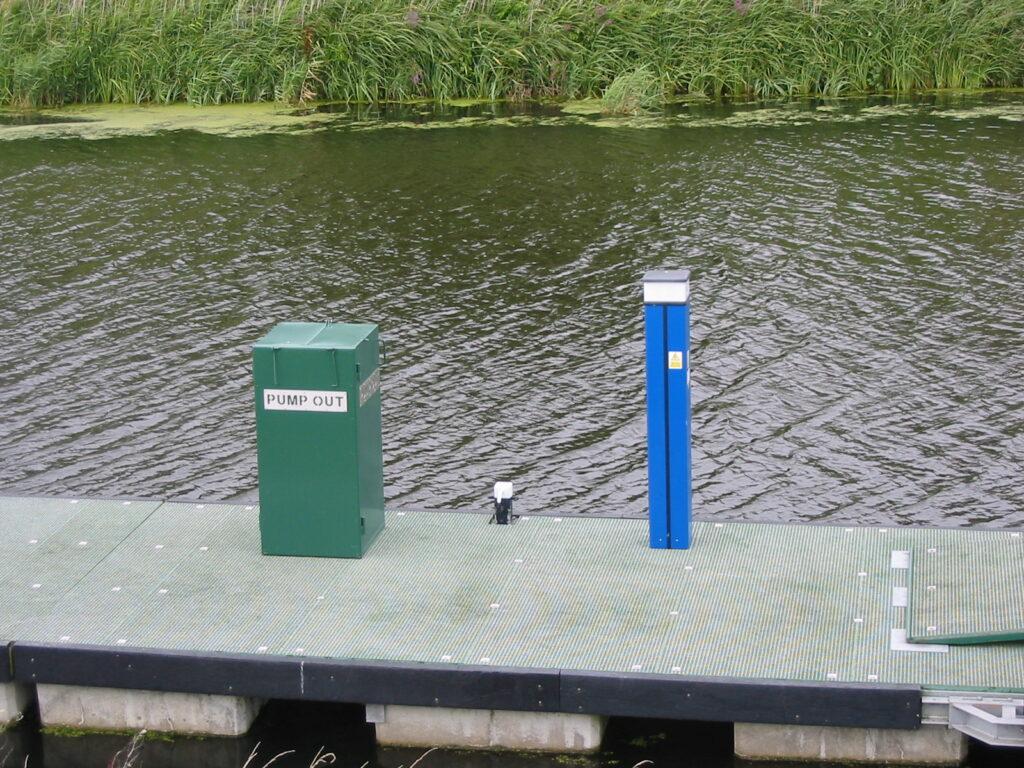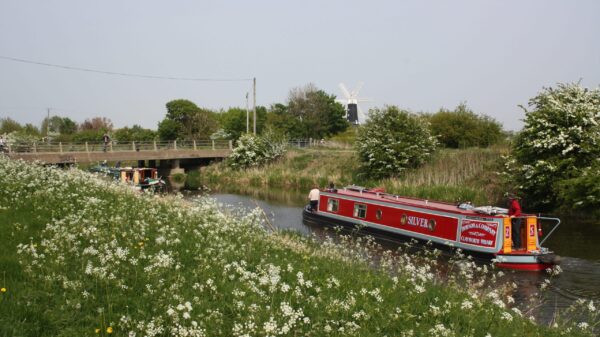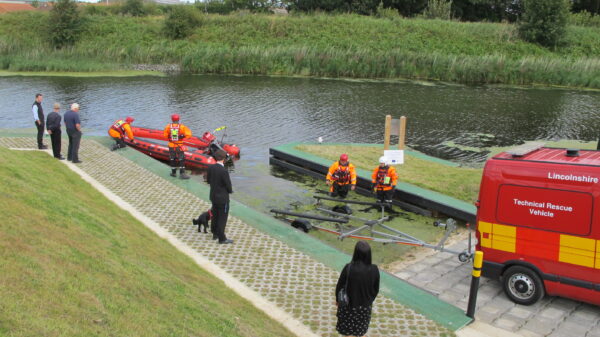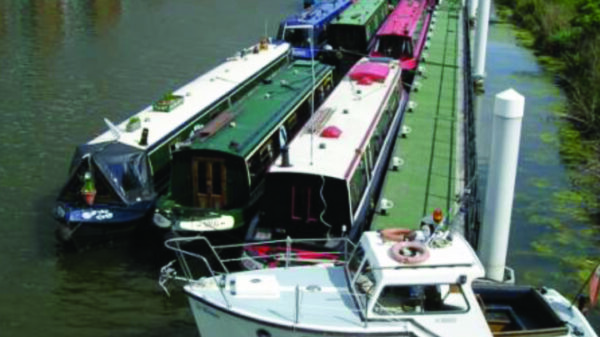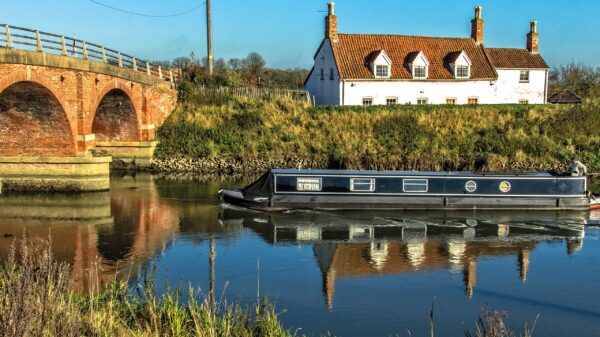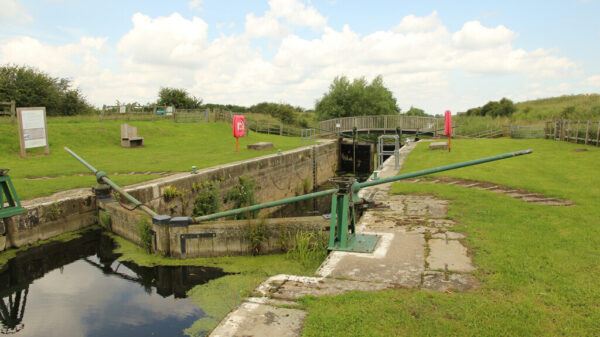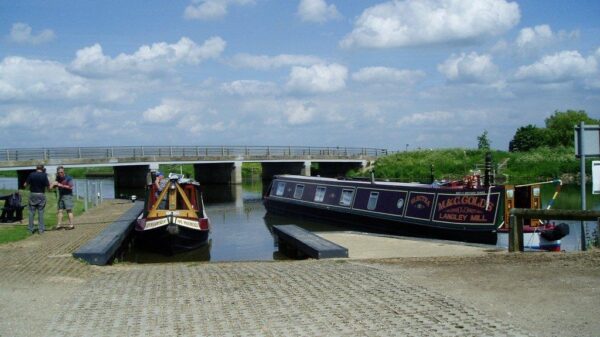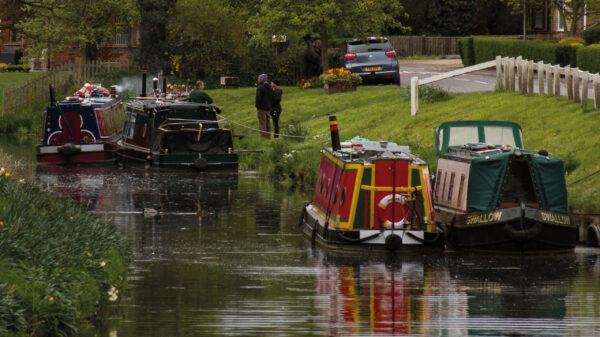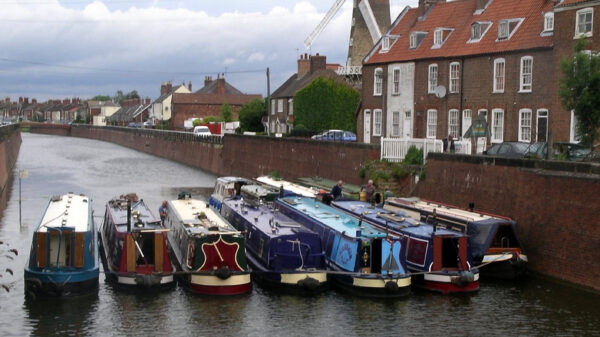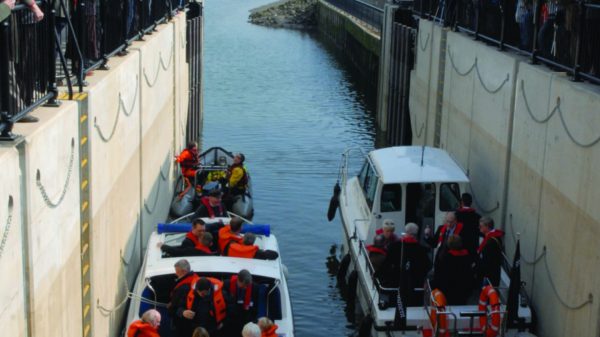About Black Sluice Drain
The Black Sluice Navigation is on the South Forty Foot Drain, an artificial drainage river in Lincolnshire. Unused for nearly 40 years, it was restored by the Environment Agency with funding from Lincolnshire County Council and re-opened in 2009. It’s a typical Fen drain, providing 19 miles (31km) of navigation to the west of Boston in Lincolnshire.
The first lock here was part of the first attempt by the Earl of Lindsey to drain the surrounding levels in 1635. It is thought that the name derives from the battle that destroyed the original sluice. The current structure dates from 2008 and was built as part of the Fens Waterways Link scheme. The intention is to link the South Forty Foot Drain to the River Glen as part of establishing a navigable link between Boston and Peterborough. Beyond Donnington Bridge, access is only possible for small unpowered boats, such as canoes and kayaks. This is due to restricted water depth, headroom, width and environmental considerations.
[The photo shows boats in the lock at the official re-opening in 2009]

